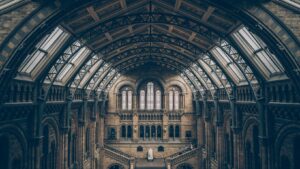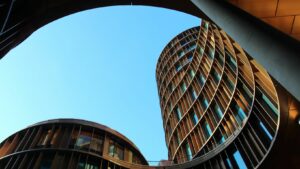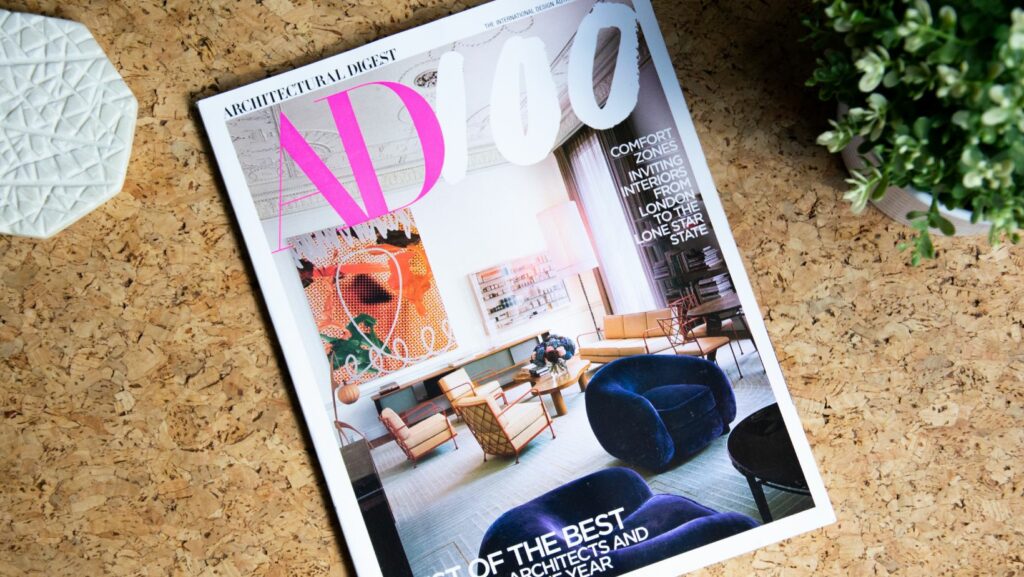Imagine standing before a cityscape, marveling at the diverse range of buildings that stretch towards the sky. Each structure, unique in its design, is the result of intricate planning and creative vision. This is the essence of architectural design, a field that blends art and science to create functional, aesthetically pleasing structures.
Architectural design isn’t just about creating beautiful buildings. It’s about understanding the purpose of a structure, the needs of its occupants, and the environment in which it’s built. It’s about creating spaces that enhance lives and transform communities.
Architectural Design Meaning

Architectural design refers to the process of planning, creating, and implementing building or infrastructure projects. It’s essentially a concept that intersects technology, aesthetics, and social aspects. This practice addresses various aspects, inclusive of spatial functionality, safety standards, and aesthetic appeal.
Architectural design, at its core, involves drafting of buildings and structures, drawing together elements like space, environment, function, and aesthetics. For instance, an architectural designer might create a blueprint for a new hospital, considering factors such as patient flow, medical equipment needs, lighting, and aesthetics.
Key motives factor into architectural design, including the utilisation of space, environmental sustainability, and the incorporation of natural elements. Thus, it’s not only the formation of physical structures, but also a study of space and how it can be manipulated to accommodate human activity.
Naturally, architectural design demands creativity, analytical skills, and an understanding of construction methods. It’s an integrated process, demanding inputs and expertise from various fields such as engineering, visual arts, and urban planning.
The Role of Aesthetics in Architectural Design

Aesthetics in architectural design hold a pivotal role, shaping the visual effect and emotional resonance of the built environment. It’s a cornerstone, transforming structures from mere functional entities into works of art that enhance societal value. As a core element in the architectural design process, it intercepts with other facets, like space utilization, functionality, and environmental sustainability.
Thus, aesthetics in architectural design isn’t reserved to delivering a pleasing visual appeal. It’s a strategic tool, fostering a dialogue between structures and their surroundings, and revealing the complex layers of the architectural narrative.
The Impact of Technology on Architectural Design

In the realm of architectural design, technology’s role is undeniably influential. It subtly navigates the fusion of aesthetic appeal and functionality, making it an indispensable aspect. Adoption of technology in architectural design includes several processes, such as digital drafting, 3D modeling, simulation of structures, and even VR tours. These applications offer more precise and efficient planning, which leads to improved functionality and safety.
For instance, software like AutoCAD and SketchUP provide accurate drafting and design, eliminating errors beyond human detection. Additionally, Building Information Modelling (BIM) integrates all construction elements- structure, utilities, and environment offering a comprehensive view of the end result. Moreover, energy modeling tools like IES VE simulate the building’s energy usage, thereby optimizing sustainability.
To sum up, technology in architectural design accelerates planning process, enhances precision and promotes sustainable practices, reinforcing its immense contribution to the discipline’s evolution.
Architectural Design in Different Cultures
Architectural design isn’t just about creating buildings; it’s about crafting spaces that reflect our human experiences. It’s a blend of technology, aesthetics, and societal needs that shape our built environment. From hospitals designed with patient flow in mind to structures transformed into art pieces, architectural design is a testament to human creativity and ingenuity.
The role of technology in this field can’t be overstated. It’s not only accelerated planning but also promoted sustainable practices and magnified architectural innovation. As we continue to push the boundaries of what’s possible, it’s clear that architectural design will continue to evolve, reflecting our changing world and shaping it in return.
So, as we appreciate the architectural marvels around us, let’s remember the multidisciplinary process behind them. It’s a testament to human creativity, analytical skills, and knowledge of construction methods that shape our world.

